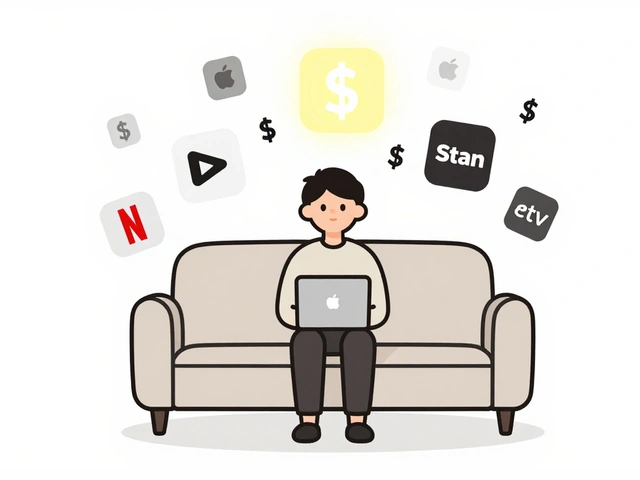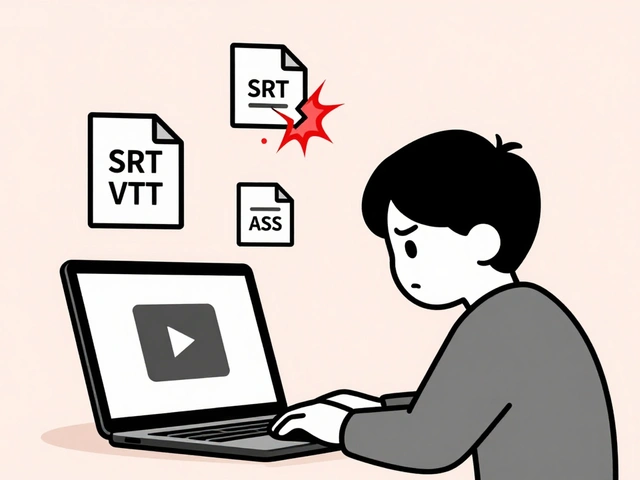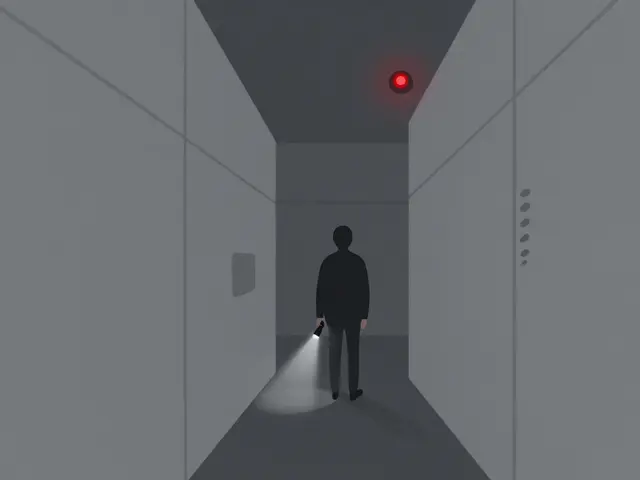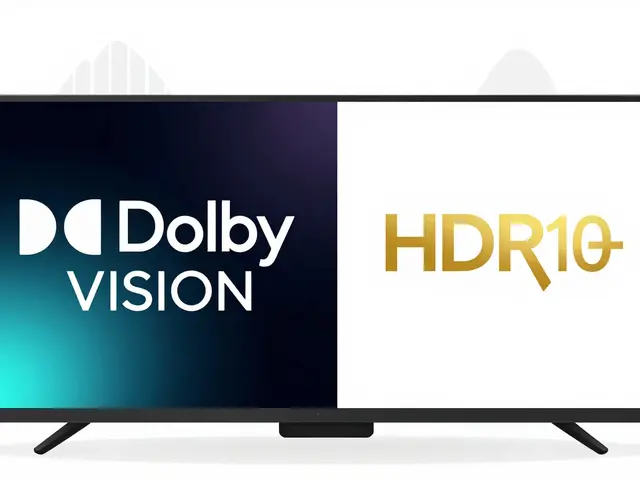16
Wi-Fi 6 and Wi-Fi 7: Do You Need Newer Routers for Streaming?
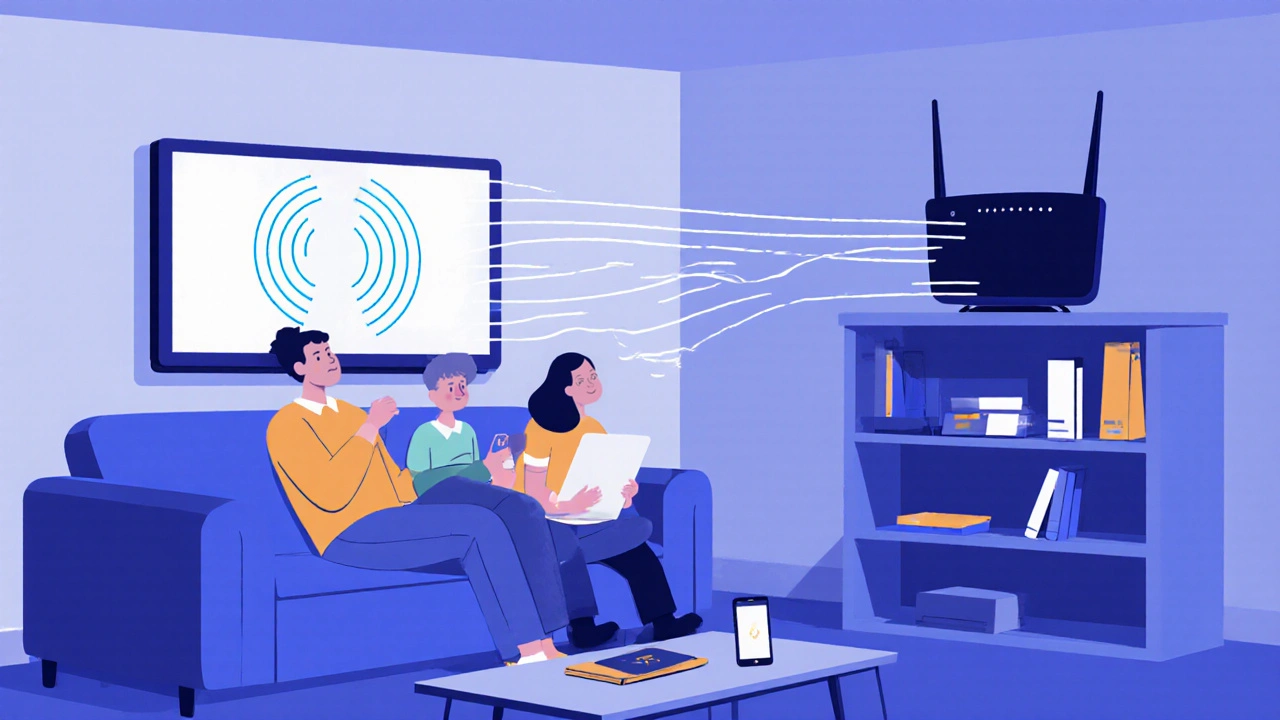
Ever sat down to binge your favorite show, only to have it buffer mid-episode? You’re not alone. Millions of people in Brisbane and beyond are dealing with the same frustrating lag - even when their internet plan promises 500 Mbps. The problem isn’t your ISP. It’s your router. If you’re still using a Wi-Fi 5 (802.11ac) router from 2018 or earlier, you’re driving a sports car with bicycle tires. Wi-Fi 6 and Wi-Fi 7 aren’t just buzzwords. They’re the reason your 4K streaming finally works without stuttering.
What’s the real difference between Wi-Fi 6 and Wi-Fi 7?
Wi-Fi 6 (802.11ax), released in 2019, was a game-changer for crowded homes. It handles multiple devices better than older routers by using something called OFDMA. Think of it like a tollway that lets cars (your devices) share lanes instead of waiting one by one. This cuts lag when your phone, laptop, smart TV, and smart fridge are all online at once.
Wi-Fi 7 (802.11be), launched in 2024, takes that further. It adds 4K-QAM, which packs more data into the same signal - like fitting 30% more pixels into the same screen space. It also uses multi-link operation, meaning your device can talk to the router on two bands (2.4 GHz and 5 GHz) at the same time. That’s like having two lanes open on a highway instead of one. For 4K and 8K streaming, this means near-zero buffering.
Real-world speed? Wi-Fi 6 tops out around 1.2 Gbps under ideal conditions. Wi-Fi 7? Up to 4.6 Gbps. That’s not just faster - it’s future-proof. If you’ve got a 1 Gbps internet plan, Wi-Fi 6 can handle it. But if you’re on 2 Gbps or planning to upgrade, Wi-Fi 7 is the only router that won’t bottleneck you.
Do you actually need Wi-Fi 7 for streaming?
Let’s be honest: most households don’t need Wi-Fi 7… yet.
If you’re streaming Netflix, Disney+, or YouTube in 4K on one or two devices, Wi-Fi 6 is more than enough. A $120 Wi-Fi 6 router like the TP-Link Archer AX55 or Netgear Nighthawk R6700AX will handle it smoothly. You’ll notice a big jump from Wi-Fi 5 - less buffering, better range, and devices won’t fight for bandwidth.
But here’s where Wi-Fi 7 matters:
- You have a 2 Gbps or faster internet plan
- You stream 8K content (Apple TV+ and YouTube already support it)
- You use multiple 4K streams at once - say, one on the TV, one on the tablet, one on a gaming console
- You’ve got 15+ smart devices (security cams, smart lights, thermostats, voice assistants)
- You’re planning to buy a VR headset or next-gen gaming system that needs low latency
If none of those apply, Wi-Fi 7 is overkill. You’ll pay $300-$500 for a Wi-Fi 7 router like the ASUS ROG Rapture GT-AXE16000 or TP-Link Deco XE75. For most people, that’s like buying a Ferrari to drive to the grocery store.
What happens if you stick with Wi-Fi 5?
Older routers aren’t broken - they’re just outdated. Wi-Fi 5 (802.11ac) was designed for a time when most homes had three devices online. Now, the average Australian household has 12 connected gadgets. That’s why your TV buffers while your kid’s gaming headset cuts out.
Wi-Fi 5 routers also struggle with interference. If you live in an apartment block, you’re surrounded by other Wi-Fi signals. Older routers can’t tune out the noise. Wi-Fi 6 and 7 use BSS Coloring to ignore signals from neighbors - like wearing noise-canceling headphones in a crowded room.
And let’s not forget range. Wi-Fi 5 routers often drop signal after one wall. Wi-Fi 6 and 7 use beamforming to focus the signal directly at your device, not blast it in every direction. That means your backyard smart speaker actually works.
Real story: A friend in Fortitude Valley upgraded from a 2017 Netgear router to a Wi-Fi 6 mesh system. Their 4K stream went from 30-second buffers every 10 minutes to zero lag. They didn’t change their internet plan. Just the router.
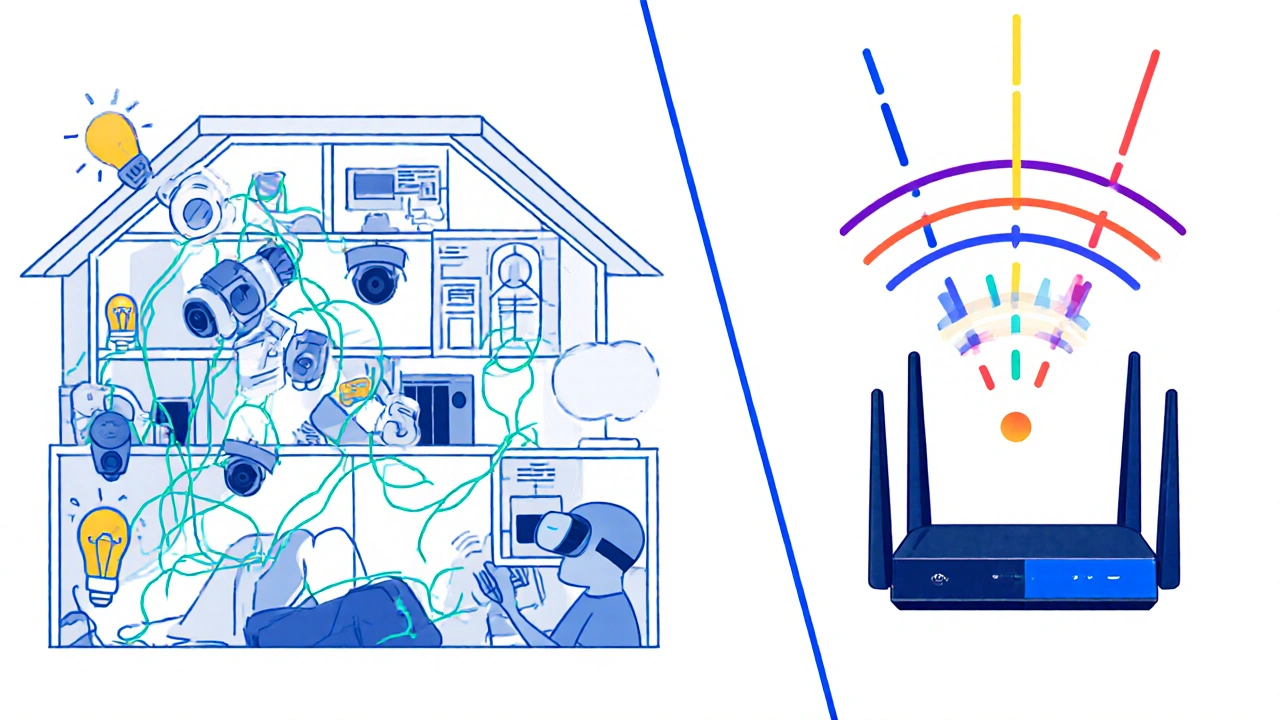
How to tell if your router is holding you back
Here’s how to check if your current router is the problem:
- Go to speedtest.net and run a test while sitting next to your router. If you’re getting less than 80% of your plan’s speed, your Wi-Fi is the bottleneck.
- Check your router’s model number. If it says “AC1200,” “AC1750,” or “AC1900,” it’s Wi-Fi 5. Anything with “AX” is Wi-Fi 6. “BE” means Wi-Fi 7.
- Look at your device list. If you have more than 8 devices connected, and your phone or tablet drops signal often, it’s time to upgrade.
- Try streaming on your phone while walking from the living room to the bedroom. If the video stalls at the hallway, your router’s range is weak.
If you answered yes to two or more of these, you’re not imagining things. Your router is the issue.
What to buy: Wi-Fi 6 vs. Wi-Fi 7 in 2025
Here’s a simple guide based on your needs:
| Use Case | Best Choice | Why |
|---|---|---|
| 1-2 devices, 4K streaming, budget under $150 | Wi-Fi 6 (e.g., TP-Link Archer AX55) | Handles 4K smoothly, no buffering, great value |
| 3-5 devices, smart home, 4K+ gaming | Wi-Fi 6 (e.g., Netgear Nighthawk R6700AX) | Stronger range, better device handling, reliable |
| 6+ devices, 2 Gbps+ internet, 8K streaming, VR | Wi-Fi 7 (e.g., ASUS ROG Rapture GT-AXE16000) | Future-proof, handles multiple high-bandwidth streams |
| Large home (3+ floors, thick walls) | Wi-Fi 6 or 7 mesh system (e.g., TP-Link Deco XE75) | Eliminates dead zones, seamless handoff between nodes |
Don’t fall for marketing hype. A Wi-Fi 7 router won’t magically make your 100 Mbps plan faster. But if you’ve got the internet speed, Wi-Fi 7 lets you use it - fully.

Will Wi-Fi 7 become the new standard?
Yes. And soon.
Apple’s iPhone 16, Samsung’s Galaxy S25, and Google’s Pixel 9 all support Wi-Fi 7. Gaming consoles like the PlayStation 6 and Xbox Series Z are expected to follow. By 2026, every new TV, laptop, and tablet will have Wi-Fi 7 built in. If you buy a new router now, you want it to last 5-7 years. Wi-Fi 6 will still work, but you’ll hit a wall as more devices demand higher bandwidth.
Think of it like mobile networks. We didn’t rush to 5G in 2019. But by 2023, everyone had it because the phones and apps demanded it. Wi-Fi 7 is the same. It’s not about speed alone. It’s about reliability, latency, and handling chaos.
Final advice: Upgrade smart, not flashy
You don’t need Wi-Fi 7 if you’re happy with your current streaming. But if you’re tired of buffering, if you’ve got a fast internet plan you’re not fully using, or if you’re buying a new TV or gaming system - now’s the time to upgrade.
Start with Wi-Fi 6 if you’re on a budget. It’s a massive improvement over Wi-Fi 5 and will serve most households for years. If you’re tech-savvy, have a high-speed plan, or plan to keep your router for 5+ years, go for Wi-Fi 7. It’s not a luxury anymore. It’s the new baseline.
And if you’re still using a router older than 2018? Just replace it. No need to overthink. Your next binge-watch deserves better than lag.
Do I need Wi-Fi 7 for Netflix and YouTube streaming?
No, you don’t need Wi-Fi 7 for Netflix or YouTube if you’re streaming on one or two devices. Wi-Fi 6 handles 4K streaming perfectly. Wi-Fi 7 is only worth it if you’re streaming 8K, have a 2 Gbps+ internet plan, or use many devices at once.
Will my old devices work with a Wi-Fi 6 or Wi-Fi 7 router?
Yes. Wi-Fi 6 and Wi-Fi 7 routers are backward compatible. Your old phone, laptop, or smart TV will still connect. But they won’t get the faster speeds or lower lag. Only new devices with Wi-Fi 6 or 7 support will benefit fully.
Is Wi-Fi 7 worth the extra cost?
Only if you have a high-speed internet plan (1 Gbps or more), multiple 4K/8K streams, or plan to use VR or next-gen gaming. For most people, Wi-Fi 6 gives 90% of the benefit at half the price.
Does Wi-Fi 7 improve range compared to Wi-Fi 6?
Not significantly in raw range, but Wi-Fi 7 improves reliability in crowded environments. It uses smarter signal handling and multi-link operation to maintain strong connections even with interference - which feels like better range in practice.
Can I upgrade just one router, or do I need a whole new system?
You can upgrade just the router. But if you have a large home or thick walls, a single router won’t cover everything. In that case, a mesh system (like TP-Link Deco or Netgear Orbi) with Wi-Fi 6 or 7 nodes is better than a single high-end router.





